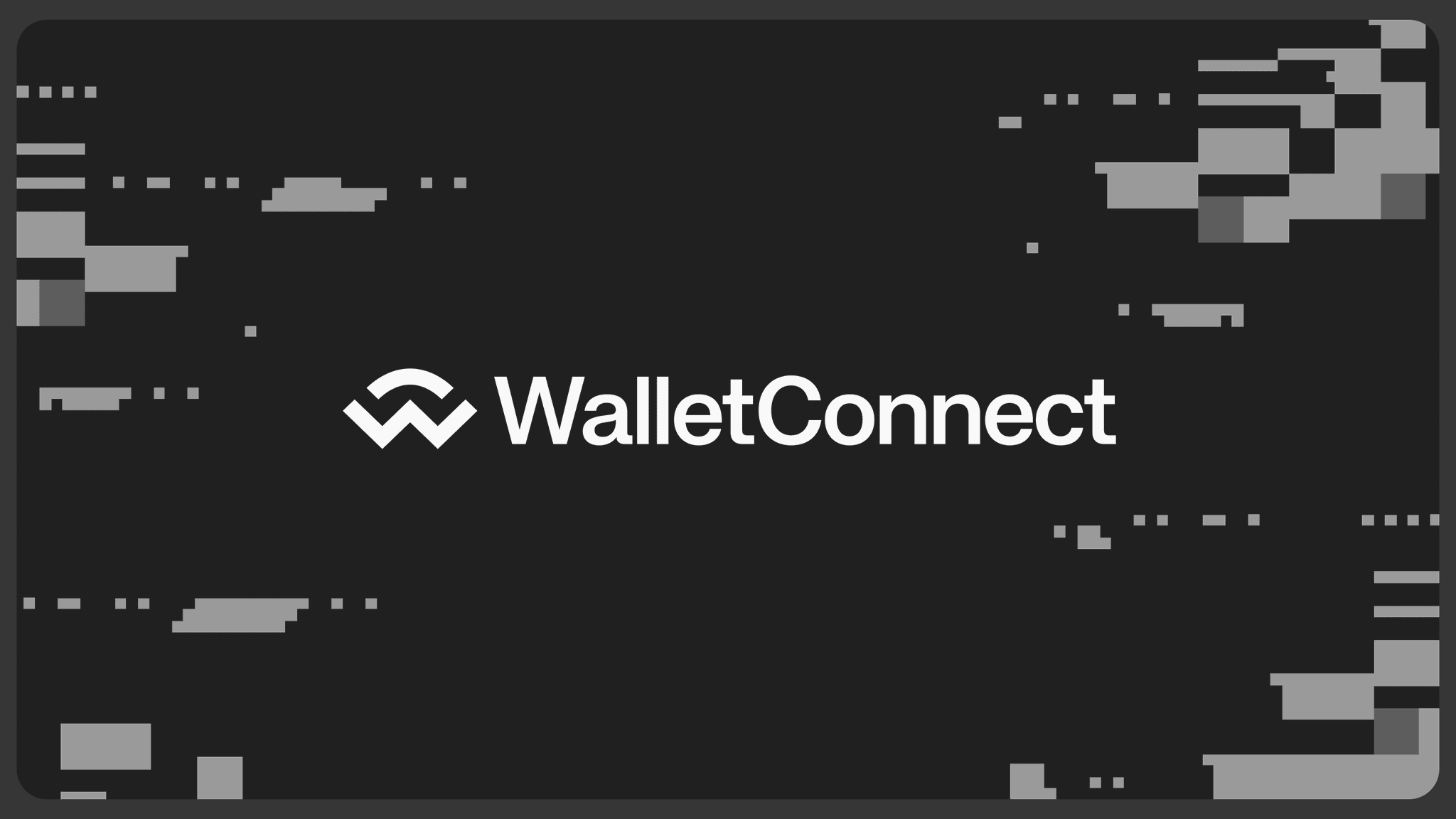Currently, the WalletConnect experience is strong, but still limited to 'on-chain interactions'. The issue is that the Web3 user journey often involves not only on-chain but also a significant amount of off-chain experiences:
KYC and compliance processes
Off-chain rights of NFTs (tickets, physical goods redemption)
Web2 login (binding social accounts, email, and wallets)
If WalletConnect can extend to off-chain, it will become the connection protocol between Web2 and Web3.
Specific vision:
Users scan to log in to a Web2 application (like Spotify, Twitter), where WalletConnect binds wallet authorization to Web2 identity.
NFT holders can directly redeem physical rights using WalletConnect without navigating complex pages.
In compliant transactions, WalletConnect serves as the 'verification hub' between on-chain assets and off-chain reviews.
This means that WalletConnect's future direction goes beyond 'safer on-chain interactions' to a Web2.5 interaction layer: an integration protocol for on-chain and off-chain UX.
Summary:
1. Identity protocolization → Evolving from 'connecting wallets' to 'transmitting identity and trust'.
2. Machine walletization → Evolving from 'human scanning' to 'agent economy interaction layer'.
3. Off-chain integration → Evolving from a 'purely on-chain tool' to a 'Web2.5 integration protocol'.#WalletConnect $WCT @WalletConnect

